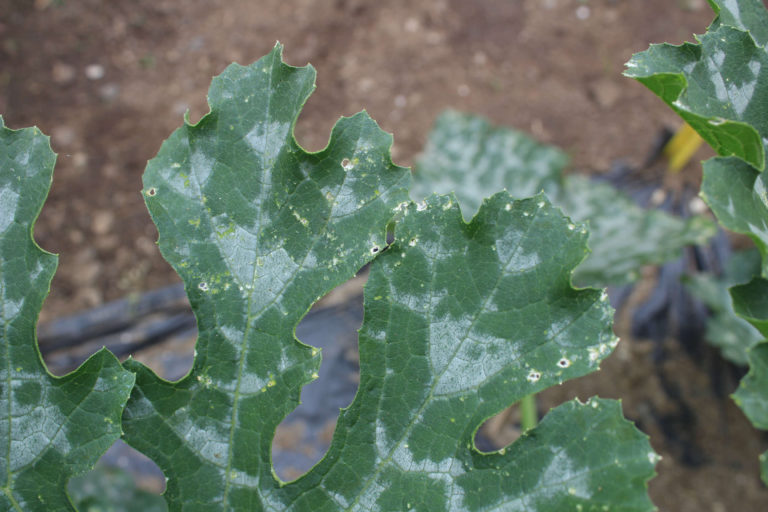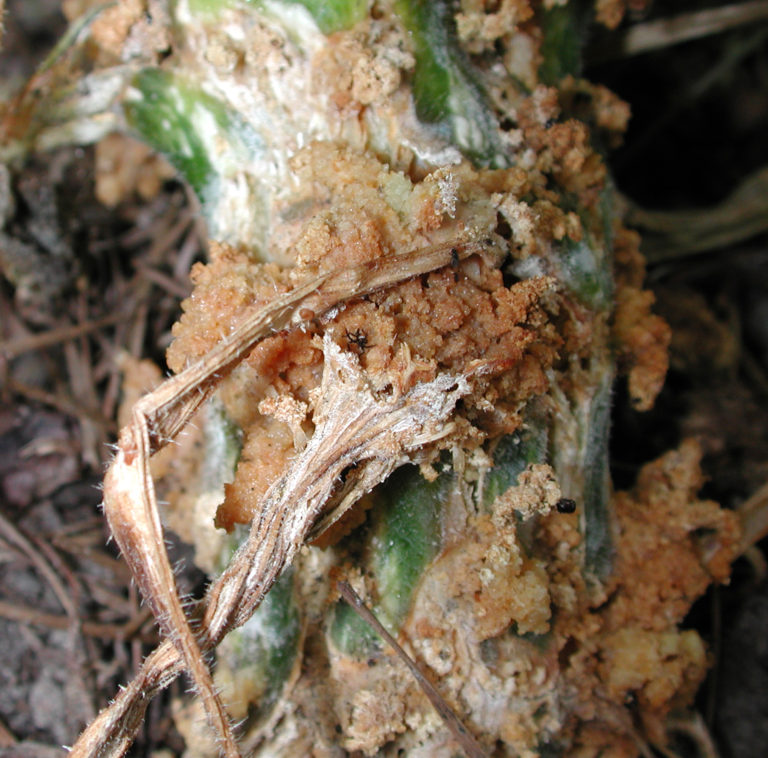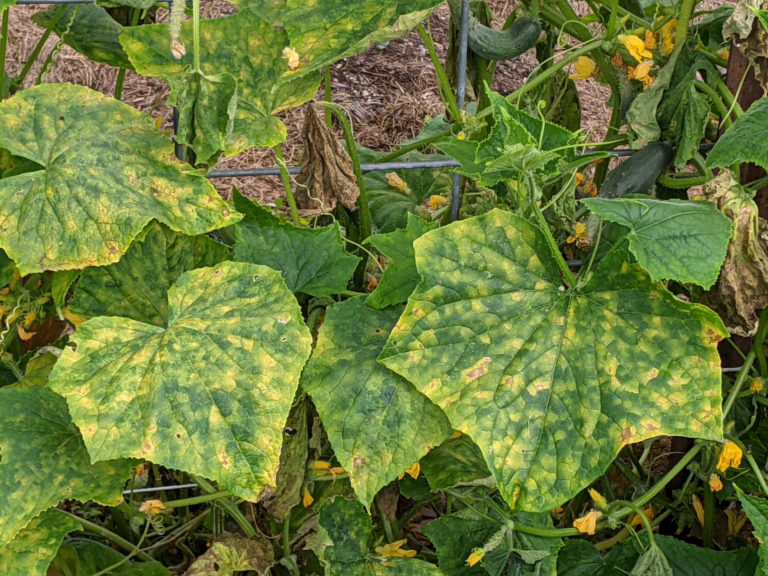Summer Squash
Selection and Planting
Squash Varieties
Summer squash is a type of tender squash that is grown for the purpose of harvesting while the fruit is still small and rind still tender. Zucchini, yellow straightneck and crookneck squash are the three main types grown in Rose Tree Garden. The vast majority of these varieties have been bred to grow as a large bush ranging in size anywhere between 3’ and 5’ in diameter.. This is contrary to winter squash, such as pumpkin and gourds, which primarily grows through widespread vines.
Planting
Summer Squash in Rose Tree Garden can be grown from both direct seeding as well as healthy transplants purchased from reputable garden centers. If you are new to gardening, you should transplant your squash.
Plants shouldn’t be transplanted into your garden before the 1st of May. Wait until the nightly temperature forecast for the next week remains above 60 degrees. Squash does not grow well (and seeds will not germinate in) weather that is too cold. Be patient.
Spacing of squash plants will vary greatly based on the variety you have decided to grow. A bush type may require up to 4 feet of spacing while a vining type may require substantially more space or even a trellising system to keep the plant from overtaking the garden. Rely on your seed package or plant label to guide you towards the correct plant spacing. Proper spacing will allow for adequate airflow around the plants which will reduce the likelihood of pest and disease issues later in the season.
If opting to transplant your squash, be careful to not damage the plant as the roots and stems can be delicate. Water the plant well.
Growing Squash
Pests
Peppers are susceptible to a number of pests. Regularly check the plants for signs of insect damage. Be aware of the pests that frequent squash plants and use the links below to determine the best ways to control them. Before planting, read about how to protect your plant from squash vine borers.
Cucumber beetles chew numerous small holes in leaves. The holes are surrounded by a pale brown dead portion of the leaf.
The leaves will droop like the plant is in need of water. The base of the stem will look like it is surrounded by sawdust.
Diseases
Squash can be susceptible to many diseases including powdery mildew, and leaf spot. These diseases generally form on weak plants that were planted too early when the soil has not had a chance to dry out and warm up. Regularly monitor the health of your plants and be quick to act when issues are discovered. Below is a list of three steps you can take to improve your chance of growing healthy squash plants
- Plant spacing: Squash plants that are positioned too close together will result in higher levels of humidity near the leaves due to air not being able to move between the plants. Making sure to give plants plenty of space will improve airflow and reduce the likelihood of disease
- Watering: Avoid directly spraying the leaves of the plant as this may increase the spread of disease. If you must wet the leaves, do so in the morning so the leaves will dry quickly in the sunlight.
- Crop rotation: A number of plant diseases come from a slow buildup in the soil over a period of time. Crop rotation (not growing plants in the same place every year) will keep the amount of soil disease low. Every year, move your plants to a different part of your garden.
Powdery mildew results in leaves that look like they have been coated in baby powder
Watering
Squash plants demand large amounts of water, especially when producing fruit. Because of this they tend to have extensive root systems to extract water deep within the soil. Even so, regularly check the moisture levels of the plant through the help of the Rose Tree Garden Weather Data. Water your plants when the soil moisture decreases or the garden has not received at least 1″ of rainfall in the past week.
When watering, be sure to avoid overhead sprinkling as this increases the likelihood of soil-borne diseases spreading to the plant. Water slowly at the base of the plant over a period of an hour to encourage deep root growth. Long and infrequent watering encourages the plant to focus on root development which will enable it to survive through periods of drought.
Weed Control
Keep area under squash plants clear of weeds to prevent competition. Because of the leaf density, only hand weeding is encouraged. Reduce the weed pressure by following our Weed Prevention suggestions.
Harvesting
Squash should be harvested when fruit has reached the desired size. If left on the vine, fruit will continue to grow in size and become tougher and less edible. During the peak growing season, daily or semi-daily checks of your plant will allow you to catch fruit before they grow too large. Over time you will establish what size fruit tastes best to you.




